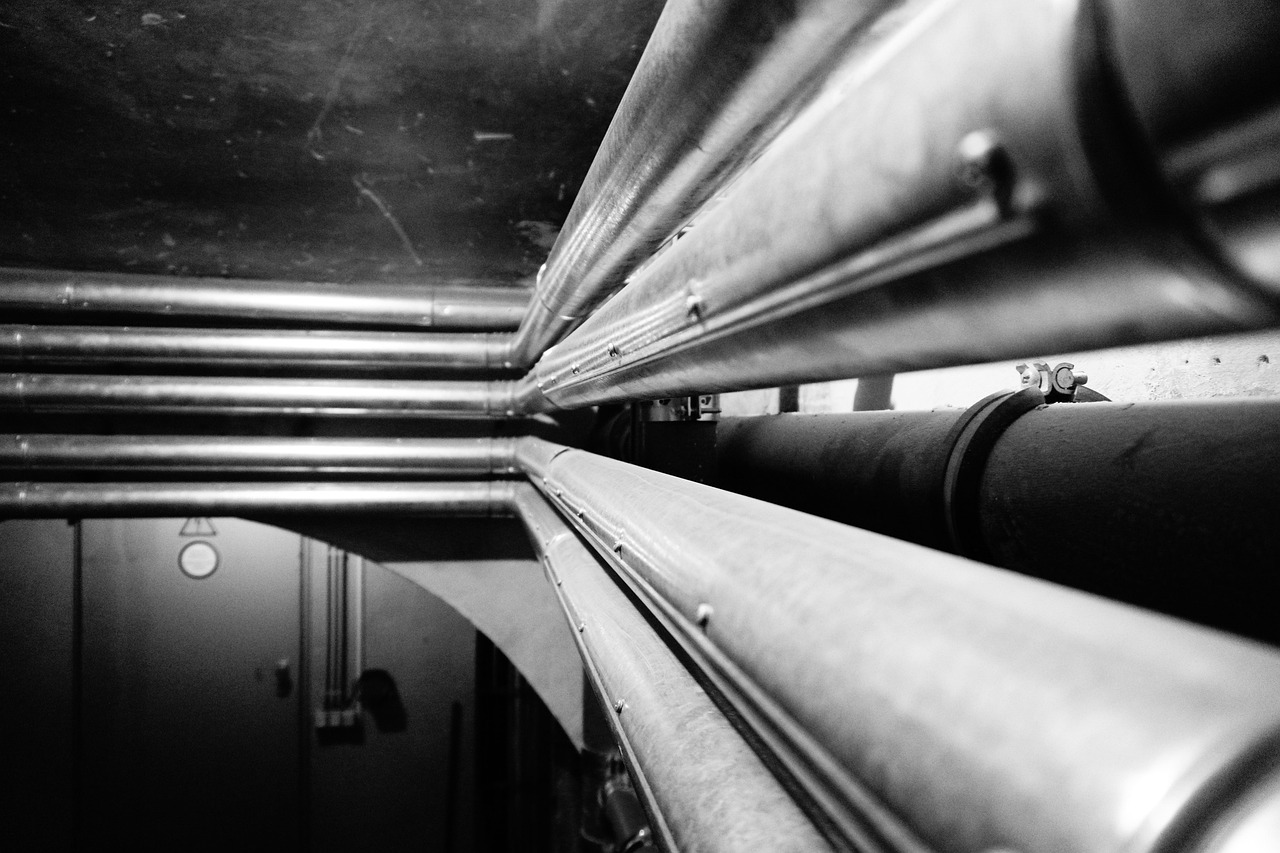If you’ve been researching CIPP Dallas, Texas, to find trenchless pipe repair solutions, you may be wondering what the actual cost looks like and why it can vary so widely. Cured-in-place pipe (CIPP) lining is a modern and minimally invasive method for rehabilitating damaged pipelines, but like any service, pricing depends on a mix of technical, material, and site-specific factors.
Some professionals would tell you it’s more expensive than traditional repairs, but that simply is not true. Here, we break down some cost factors to give you a clearer picture.
What Is CIPP, and Why Is It Used?
Before diving into pricing, it helps to understand what you’re paying for. Cured-in-place pipe lining is a trenchless rehabilitation technique used to restore existing pipelines without digging them up. A flexible liner, saturated with resin, is inserted into the pipe, cured (typically with steam, hot water, or UV light), and hardened to form a strong, jointless new pipe within the old one.
CIPP is commonly used for:
- Sewer mains and laterals
- Stormwater systems
- Industrial pipelines
- Culverts and drain systems
It’s often an asset for its ability to minimize surface disruption, reduce downtime, and extend the life of aging infrastructure by decades.
Average Pricing CIPP Dallas, Texas: What’s the Range?
The cost of a CIPP project typically ranges from $30 to $250 per linear foot, depending on a variety of project-specific factors. A basic residential lateral lining might cost closer to the $30–$80 range per foot, while larger commercial or municipal projects involving complex access or special materials may push toward the higher end.
Typical price ranges by application type:
-
Residential laterals: $2,000 – $6,000 total
-
Commercial mains: $50 – $150 per linear foot
-
Municipal/industrial pipes: $100 – $250+ per linear foot
Keep in mind that these are rough estimates. Accurate pricing requires an on-site evaluation to assess access points, pipe condition, and technical requirements.
Key Factors That Influence CIPP Pricing
Let’s explore the main variables that can affect the total cost of a CIPP project:
- Pipe Diameter and Length: smaller pipes are quicker to set up and have lower material costs, while larger pipes require more time and materials.
- Access and Site Conditions: this trenchless method still requires an access point, and certain access requirements might increase pricing.
- Pipe Material and Condition: the state of the existing pipe will matter because of the necessary prep work, labor time, and calibration.
- Liner Type, Resin, and Curing Method: the materials and methods used will have different costs and impact the bottom line of the project.
Long-Term Value vs. Upfront Cost
While CIPP may appear costlier than traditional methods at first glance, it often proves more economical over time. Traditional excavation methods involve equipment rental, labor, landscape or pavement repair, traffic disruption, and extended timelines. CIPP eliminates much of that.
Cost-saving advantages of CIPP:
- No need to tear up streets, sidewalks, or landscaping
- Faster project completion = less downtime
- Long lifespan (up to 50 years or more)
- Minimal disruption to business or tenants
This is especially important for commercial properties and municipalities where shutting down operations can lead to revenue loss or resident frustration.
CIPP in Dallas, Texas, is an Affordable Solution
Understanding what drives the cost of this trenchless method is key to making an informed decision. While pricing varies, CIPP offers a low-disruption, long-term solution for restoring damaged pipes, especially in urban or developed areas where digging is difficult or expensive.
Ready to get a quote or learn more about your options? Contact us today!
